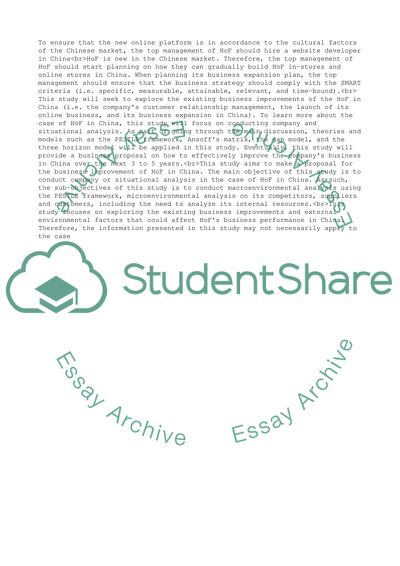Cite this document
(Proposed Business Improvements for House of Fraser Essay, n.d.)
Proposed Business Improvements for House of Fraser Essay. https://studentshare.org/business/1868648-proposed-business-improvements-for-house-of-fraser
Proposed Business Improvements for House of Fraser Essay. https://studentshare.org/business/1868648-proposed-business-improvements-for-house-of-fraser
(Proposed Business Improvements for House of Fraser Essay)
Proposed Business Improvements for House of Fraser Essay. https://studentshare.org/business/1868648-proposed-business-improvements-for-house-of-fraser.
Proposed Business Improvements for House of Fraser Essay. https://studentshare.org/business/1868648-proposed-business-improvements-for-house-of-fraser.
“Proposed Business Improvements for House of Fraser Essay”. https://studentshare.org/business/1868648-proposed-business-improvements-for-house-of-fraser.


